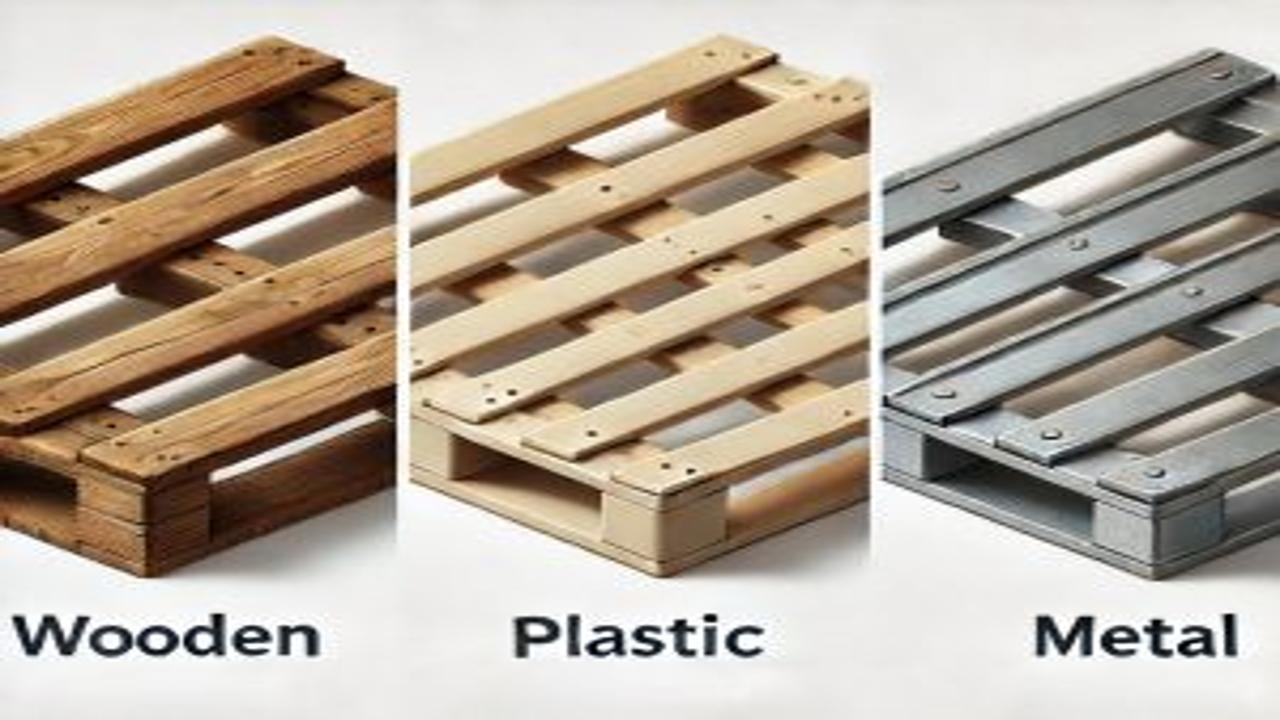Pallets are essential in the logistics and supply chain industry, serving as platforms for storing, handling, and transporting goods. The three main types of pallets – plastic, wooden, and metal – each have their own unique characteristics, advantages, and disadvantages. This document provides a comprehensive comparison of these pallet types to aid in decision-making processes.
Comparison Table
| Characteristic | Wooden Pallets | Plastic Pallets | Metal Pallets |
| Initial Cost | Low | Medium | High |
| Durability | Medium | High | Very High |
| Weight | Medium | Light | Heavy |
| Load Capacity | High | Medium to High | Very High |
| Recyclability | High | Medium | Very High |
| Customization | Easy | Moderate | Difficult |
| Repair | Easy | Difficult | Moderate |
| Sanitation | Poor to Moderate | Excellent | Good |
| Fire Resistance | Poor | Poor | Excellent |
| Weather Resistance | Poor | Excellent | Good |
Detailed Comparison
- Wooden Pallets
Advantages:
- Low initial cost
- Easy to repair and customize
- Biodegradable and recyclable
- High friction surface (less slippage)
- Easily available
Disadvantages:
- Susceptible to moisture, bacteria, and pests
- Can splinter or break
- Inconsistent weight due to moisture absorption
- Limited lifespan compared to plastic and metal
- Potential for nail-related injuries
- Plastic Pallets
Advantages:
- Lightweight and durable
- Resistant to moisture, chemicals, and bacteria
- Consistent weight and dimensions
- Easy to clean and sanitize
- Long lifespan with proper care
Disadvantages:
- Higher initial cost than wood
- Can be damaged by extreme temperatures
- May become brittle over time
- Limited repair options
- Can be slippery when wet
- Metal Pallets
Advantages:
- Extremely durable and long-lasting
- High load capacity
- Fire-resistant
- Resistant to weather and pests
- Fully recyclable
Disadvantages:
- Highest initial cost
- Heavy weight increases shipping costs
- Can be noisy during handling
- Potential for rust (if not stainless steel)
- Limited shock absorption
Suitability by Industry
Food and Beverage
- Preferred: Plastic or Metal
- Reason: Better sanitation, moisture resistance
Pharmaceutical
- Preferred: Plastic or Metal
- Reason: Cleanliness, chemical resistance
Automotive
- Preferred: Metal
- Reason: Durability, high load capacity
General Warehousing
- Preferred: Wooden
- Reason: Cost-effective, easily replaceable
Chemical Industry
- Preferred: Plastic or Metal
- Reason: Chemical resistance, safety
Electronics
- Preferred: Plastic
- Reason: Lightweight, non-conductive
Environmental Considerations
- Wooden Pallets: Biodegradable, but may contribute to deforestation if not sourced responsibly.
- Plastic Pallets: Longer lifespan reduces waste, but not biodegradable. Can be recycled at end-of-life.
- Metal Pallets: Longest lifespan, fully recyclable, but energy-intensive to produce.
Cost Analysis
- Initial Cost: Wood < Plastic < Metal
- Lifetime Cost: Metal < Plastic < Wood (due to durability and lifespan)
The choice between wooden, plastic, and metal pallets depends on various factors including the specific industry requirements, budget constraints, environmental considerations, and long-term cost analysis. While wooden pallets remain popular due to their low initial cost and ease of repair, plastic and metal pallets offer advantages in terms of durability, sanitation, and long-term cost-effectiveness. Each type has its place in the modern supply chain, and the best choice will depend on the specific needs of the operation.

